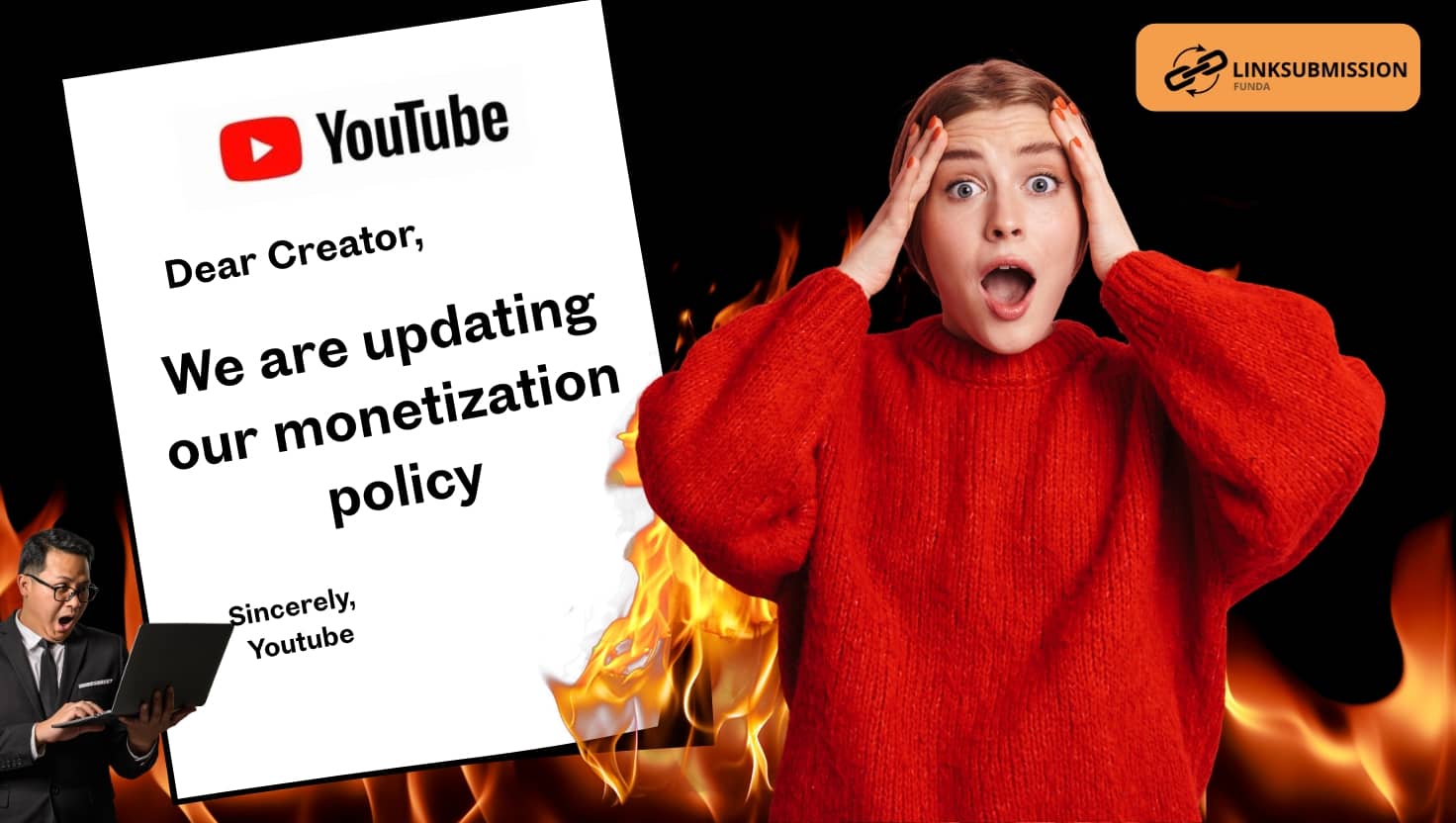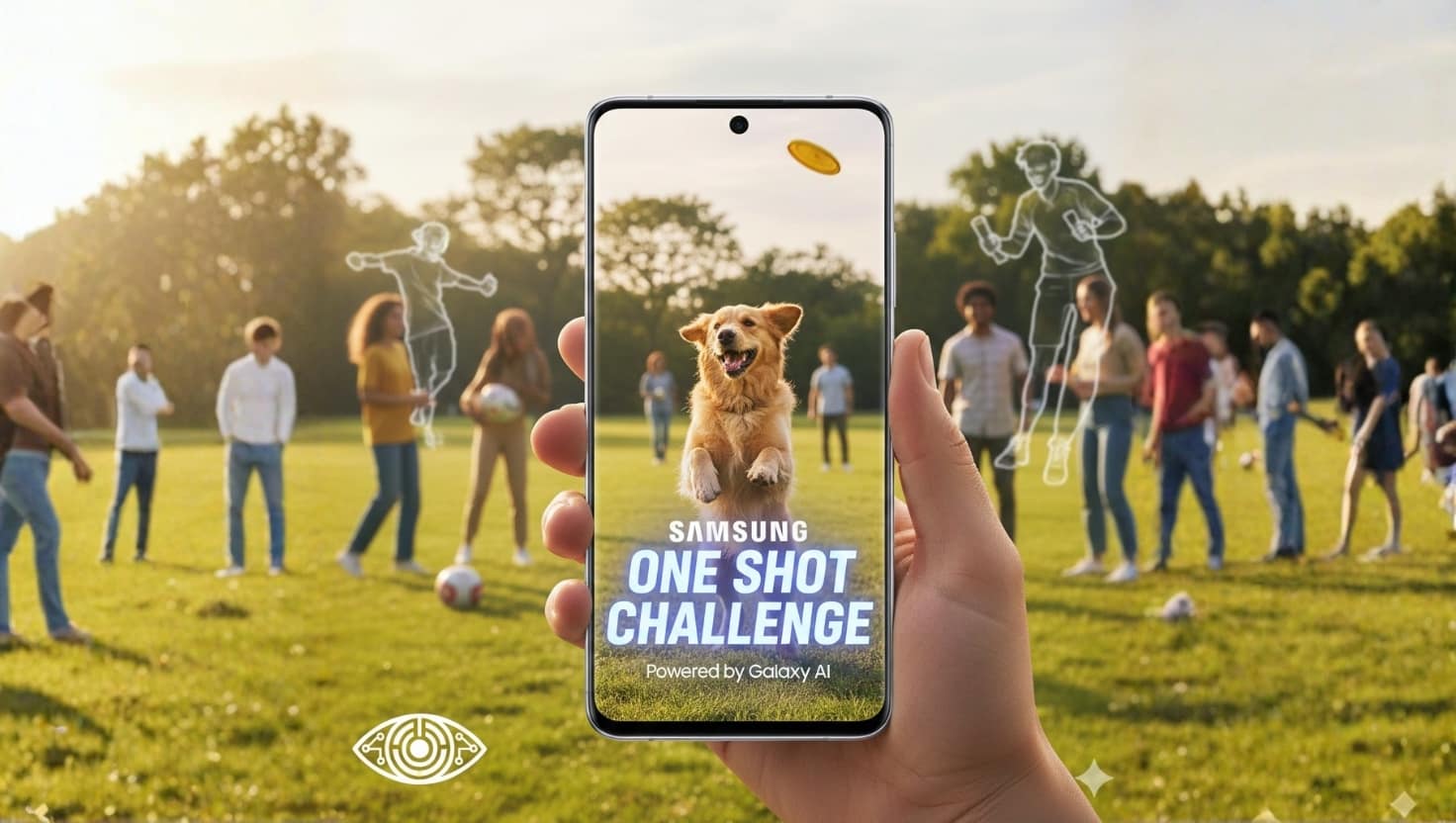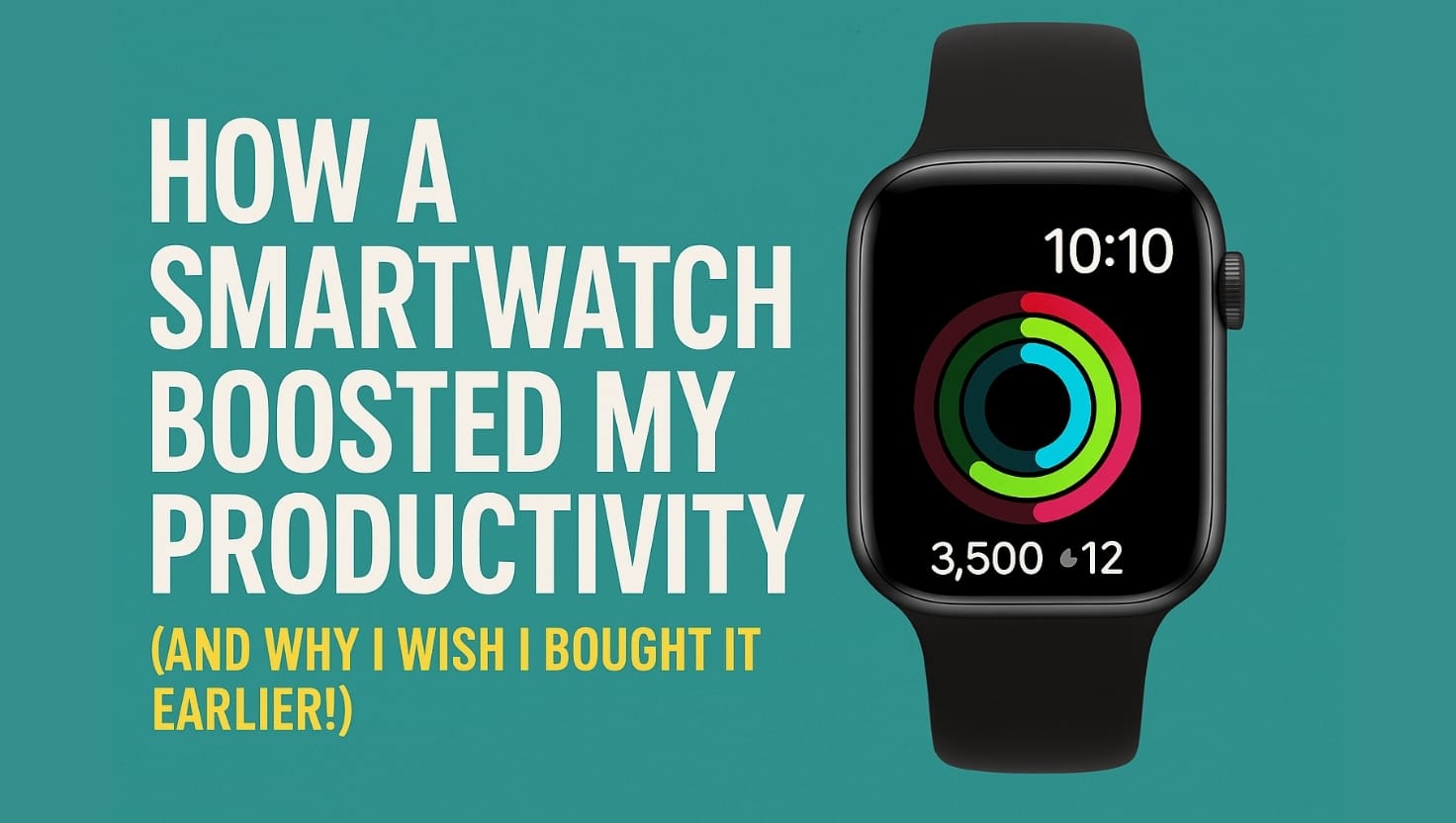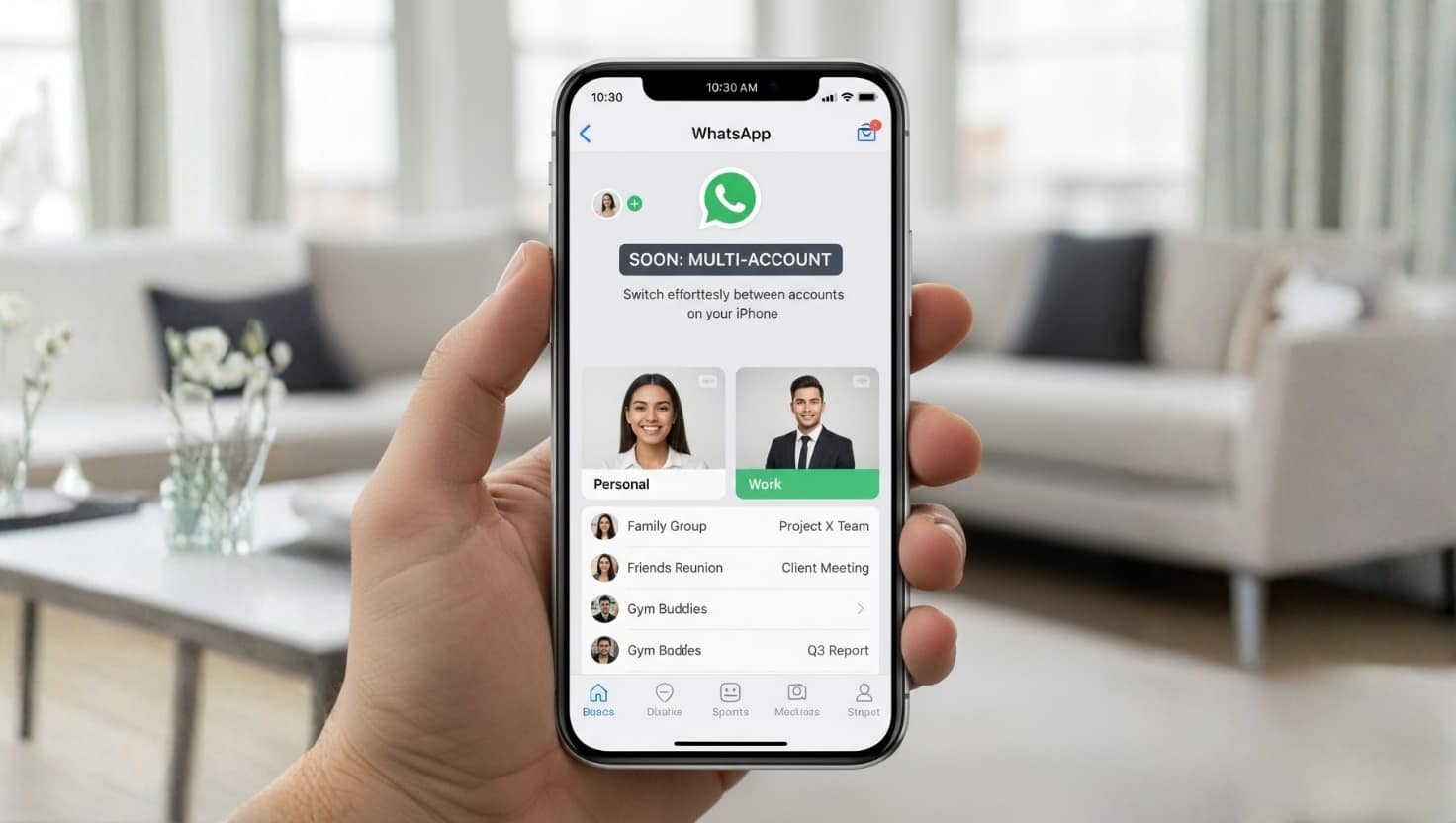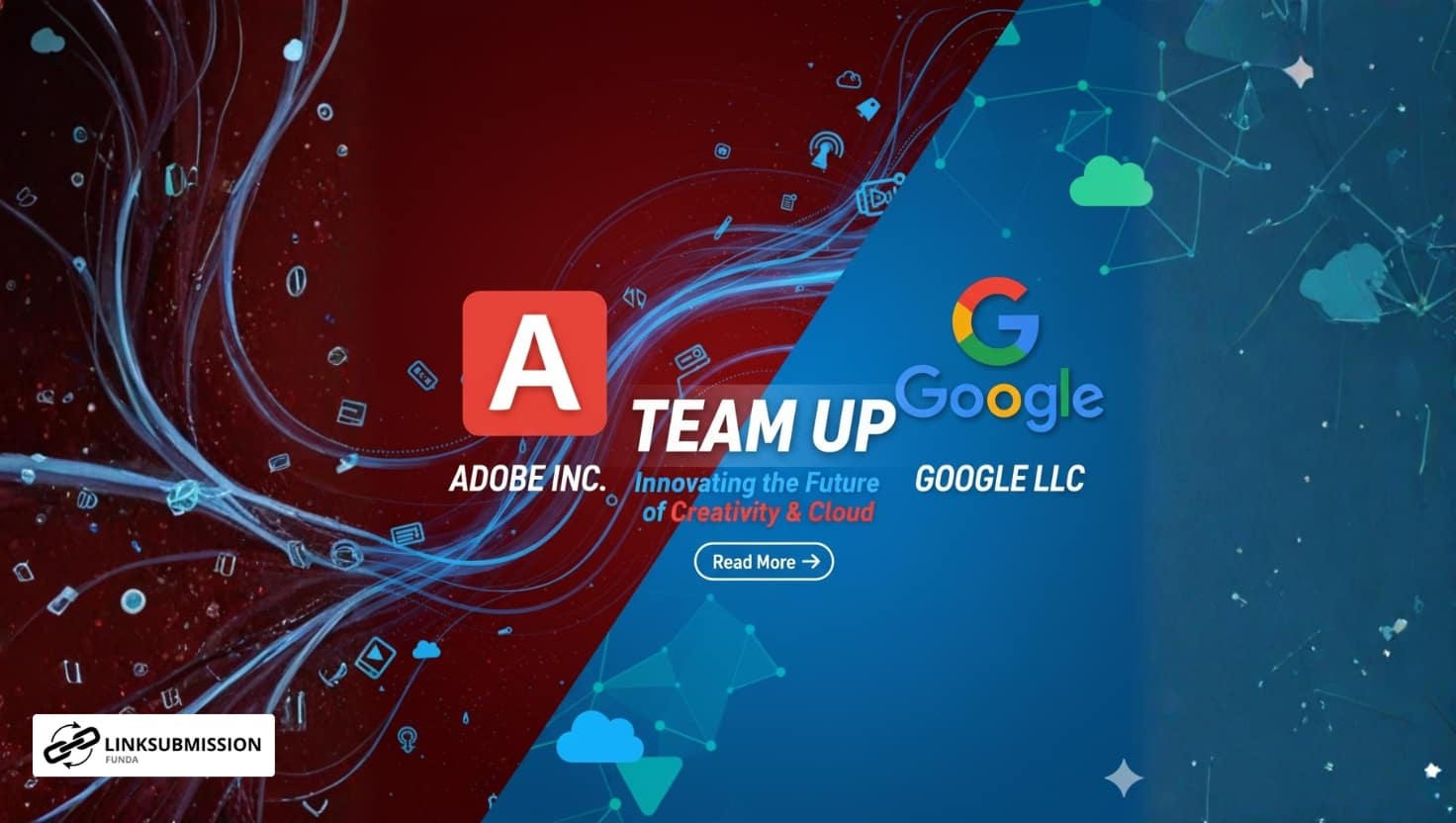In a bold move aimed at elevating content quality and rewarding creativity, YouTube has announced a critical update to its YouTube Partner Programme (YPP), set to roll out on July 15, 2025. The platform’s primary objective: “Better identify mass‑produced and repetitious” material—now grouped together under a new label, “inauthentic content.”
🎯 What This Update Means for Creators
- Mass‑Produced Content Is Out
Generating low-effort videos in bulk—such as AI-driven slideshows, synthetic voice overs, or auto-generated listicles—is officially being penalized. These formats often provide little value or human touch and will no longer qualify for monetization. - Repetition Without Reinvention Doesn’t Fly
Repurposed content—even if originally monetizable—must now be significantly transformed to add genuine entertainment or educational value. Simply deploying templated formats or minor edits (like cropping or filters) won’t cut it. - AI Isn’t Banned, But Heavily Scrutinized
YouTube is not banning AI tools outright. However, they insist that AI-generated content must include human creativity—real voices, meaningful commentary, narrative depth—to remain monetizable. - Core YPP Eligibility Remains
The entry requirements to join YPP haven’t changed: a minimum of 1,000 subscribers, plus either 4,000 public watch hours in the past year or 10 million Shorts views in the last 90 days.
Why Now?
Combatting content saturation. YouTube’s feed has become increasingly saturated with mass-produced, low-value uploads driven by AI tools and automation. The platform wants to preserve user engagement and maintain advertiser confidence.
Advertiser trust. Brands are growing wary of having their ads appear before repetitive or clickbait videos. Strengthening monetization rules helps ensure ad dollars support genuine creators.
Platform integrity. YouTube’s mission calls for an authentic user experience. These changes align with other policy moves, like restricting unsupervised live-streaming for users under 16.
Addressing Creators’ Concerns
Initially, many creators feared a sweeping ban on AI-produced content. In reaction, YouTube clarified the update is a minor refinement of existing policies—not a total overhaul. Content like reaction videos and commentary remains eligible if substantial value is added.
Rene Ritchie, YouTube’s Head of Editorial, reassured creators that the goal is to refine clarity around what constitutes spam—not to uproot entire genres wholesale.
What You Should Do Before July 15
✅ Audit your content. Identify videos that may fall into the “mass-produced” or “repetitive” categories—AI voiceovers, templated formats, superficial edits.
✅ Elevate transformation. Instead of reposting or lightly editing old content, add deep commentary, context, or original visuals. Every reused asset must be meaningfully reimagined.
✅ Lean into authenticity. Use real voices, genuine storytelling, and human-driven insights. AI can be a tool—but should never replace human creativity.
✅ Diversify revenue streams. Consider focusing on memberships, Super Chats, affiliate links, merch, and other supplemental income—especially if some videos are vulnerable.
Who’s Impacted the Most?
- Faceless channels driven by automated scripts or text-to-speech.
- Compilation/reaction channels that rely mostly on clip aggregation without meaningful commentary.
- High-volume AI‑heavy content producers churning out repetitive formats.
- Clickbait-style creators create videos solely for views, without value or originality.
Conversely, creators delivering original, human-driven, valuable content—like tutorials, in-depth analysis, vlogs, storytelling—should see little or no impact.
Enforcement & Penalties
YouTube hasn’t detailed specific penalties like strikes or demonetization steps yet—but repeated violation of “inauthentic content” rules could lead to reduced visibility, demonetization, or removal from YPP. A more thorough review process is likely, possibly combining automated checks with human oversight.
What This Means for the Future
- Death of “AI spam” channels: Expect mass-produced, AI-heavy content to face limited monetization.
- Opportunity for creators: Innovators who focus on creativity and authentic storytelling may thrive as low-effort channels fade.
- More transparency: This update clarifies vague policy boundaries and signals a more rigorous content review ahead.
🔑 Final Thoughts
YouTube’s July 15, 2025 adjustment signals a decisive shift toward quality over quantity. For creators: it’s time to audit, elevate, and humanize your content. Those who adapt and comply will not only safeguard their monetization—but stand to gain in an environment where originality truly counts.

